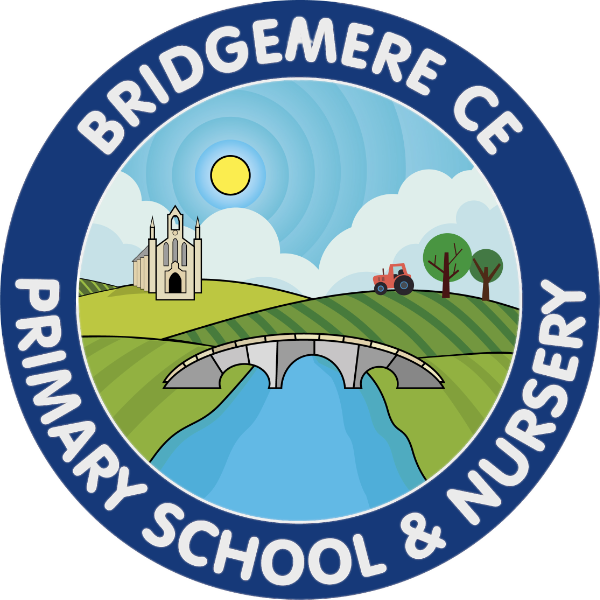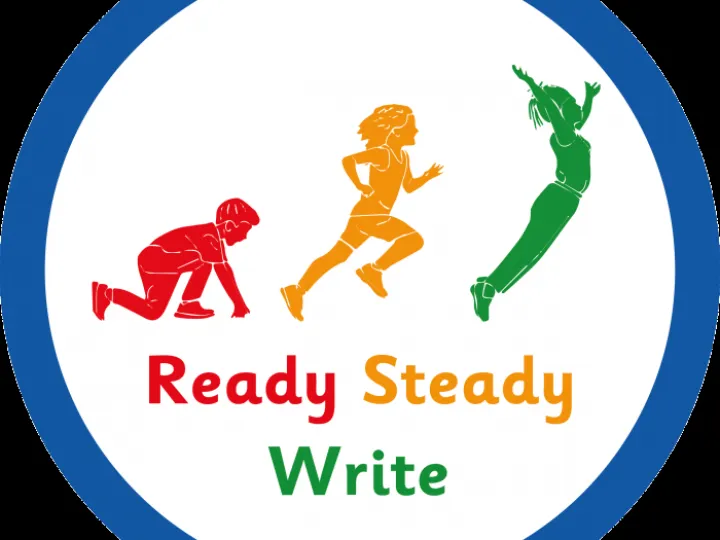English
[Our English Vision – Igniting a passion for literature and developing writers for the real world.
][
]
Our Principles of English Teaching
- Children are writing for real audiences and purposes
- Children are motivated to write and strive to achieve their best through editing and redrafting
- Children present their ideas in a variety of ways and do so with pride
- Children enjoy reading a variety of genres written by a variety of authors
- Children complete varied tasks of achievable but challenging difficulty
Ready Steady Write:
Throughout school, from Reception to Year 6, we followed Ready Steady Write, by Literacy Counts.
Read to Write empowers teachers to provide high-quality teaching of writing through children's high-quality literature (Vehicle Texts).
The units of work centres on engaging, vocabulary-rich texts, with a wealth of writing opportunities. Several of these carefully selected Vehicle Texts have strong thematic links to the Science, History and Geography curriculum. They are being implemented with great success because they include:
Clear Sequential Episodes of Learning
Example Texts (greater depth WAGOLL)
Learning Objectives that link to the teaching sequence (Immerse, Analyse, Plan Write)
Vocabulary Learning
Contextualised Spelling, Grammar & Punctuation
Writer's Knowledge Linked to National Standards
Sentence Accuracy Work Linked to National Standards
Progressions Documents with Year Group Expectations
Reflecting on Unit Outcomes: Planning for Next Steps
Example Planning Format
Wider Reading for the Wider Curriculum
A Wealth of Resources Linked to the National Standards
Explicit Links to the National Curriculum
Read Steady Write is evidence-based teaching of writing. These units have been carefully mapped out so the entire statutory curriculum for writing is covered for each year group. They also enable schools to draw upon the wider curriculum, which supports schools to build rich curriculums.

